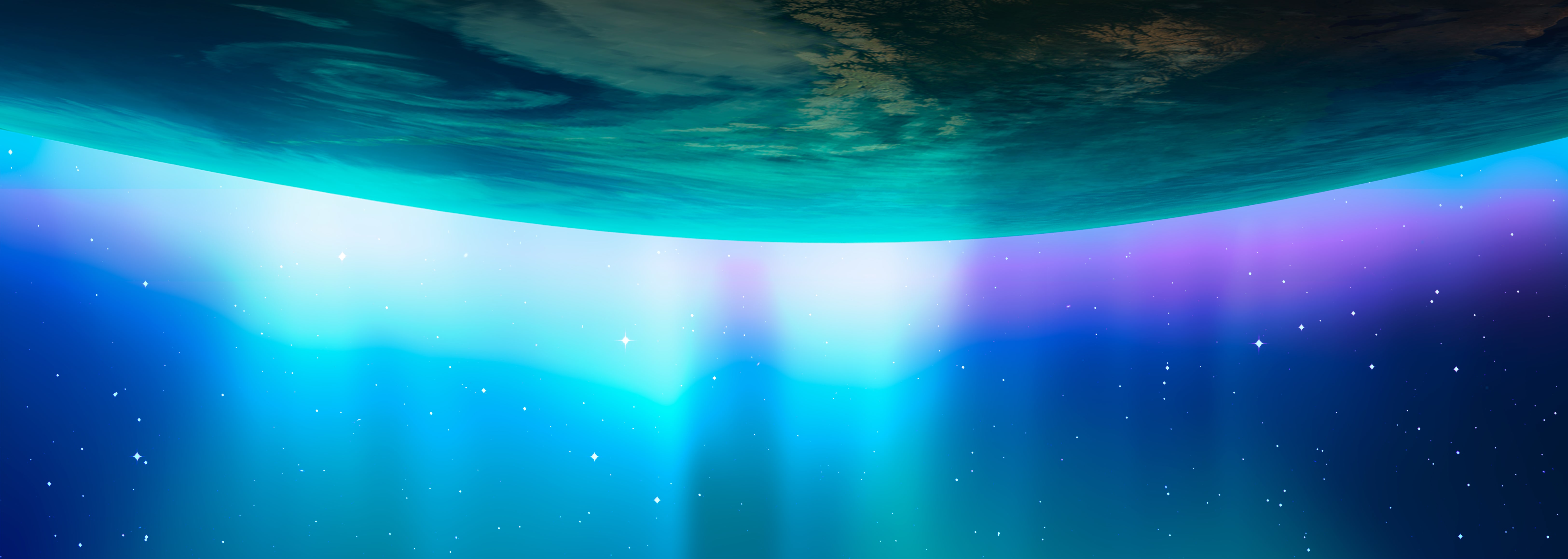
Europa is a moon of Jupiter. Scientists think it might have an underground ocean, where life could exist. We would love to get a sample of the ocean, but that is very complicated. The thick ice layer on top of the ocean prevents us from accessing it directly. Interestingly, there is evidence for eruptions of water on Europa known as ‘plumes’. If a future space mission like the European Space Agency’s JUpiter ICy moon Explorer (JUICE) or NASA’s Europa Clipper flies through a plume, we could sample the ocean.
Previous studies have demonstrated that it would be possible for ESA JUICE to detect the plumes. However, in this new study, we show that it might be harder to detect the plumes than we thought. Previous studies of plume detections neglected collisions between the plume molecules. Collisions make the plume more confined, and harder to detect. In addition, it’s likely that the particles escaping from the vent would cool down a lot, effectively resulting in fewer fast particles, further limiting the size of the plume. Practically speaking, the area on Europa’s surface from which JUICE could detect the plumes is effectively halved. It’s still possible to detect the plumes, but to maximize the chance of detecting one, we advise to fly below the altitude of the shocked part of the plume (roughly 400 km). Excitingly, if JUICE would fly through a plume, we could see its entire structure. That would allow us to investigate the physics inside plumes in detail, giving us a better understanding of how they are formed.
By Hans Leo F Huybrighs
Postdoctoral Fellow
Department of Earth Sciences and Space and Planetary Science Group


